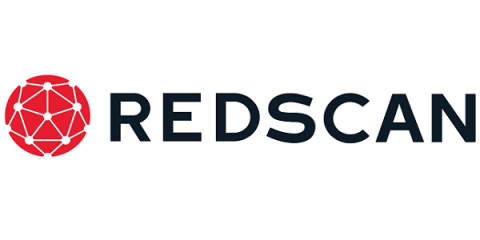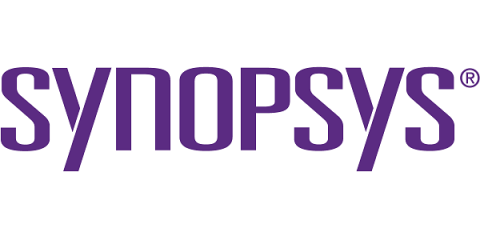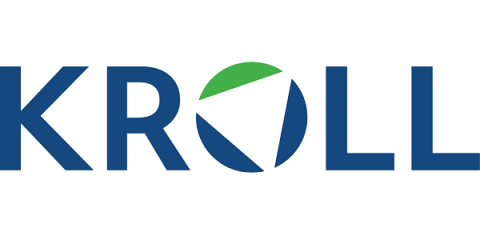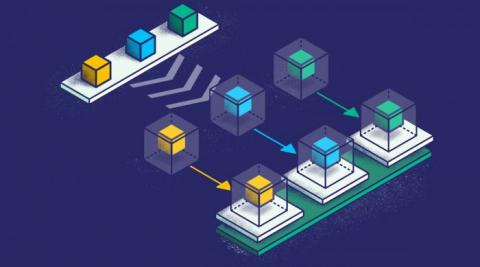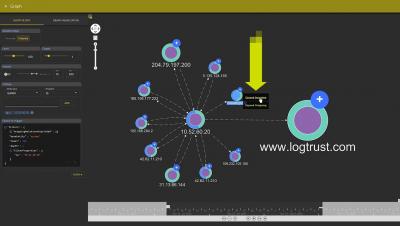Security | Threat Detection | Cyberattacks | DevSecOps | Compliance
%term
Demystifying CVSS Scoring
The Common Vulnerability Scoring System (CVSS) can help you navigate the constantly growing ocean of open source vulnerabilities. But it’s difficult to lend your trust and put the security of your organization and your customers into the hands of a system that you may know very little about. Let’s take a closer look at the CVSS to see what it’s all about.
Does a Ransomware Attack Constitute a Data Breach? Increasingly, It May
Historically, one difference between a company victimized by ransomware and those hit with a hacking intrusion that resulted in stolen data was that in a ransomware attack, the data wasn’t actually stolen, but was encrypted so that the victim would have to pay a ransom to regain access. Unlike traditional data thefts, ransomware—the theory went—didn’t really steal data. It encrypted it so that the authorized users couldn’t get to it unless a ransom was paid.
Network Security: The Journey from Chewiness to Zero Trust Networking
Network security has changed a lot over the years, it had to. From wide open infrastructures to tightly controlled environments, the standard practices of network security have grown more and more sophisticated. This post will take us back in time to look at the journey that a typical network has been on over the past 15+ years. From a wide open, “chewy” network, all the way to zero trust networking. Let’s get started.
5 New cybersecurity threats and challenges facing the financial services sector
It’s been a mixed year for the financial services sector. Some companies have seen increased demand for their services, while others have struggled to deal with the downturn in mortgage deals and reduced consumer spending.
On Sale! Access to your Crown Jewels
Remote Desktop Protocol (RDP) is a communication protocol developed by Microsoft, which provides a user with a graphical interface to connect to another computer over a network connection[1]. Once connected, the remote user will be able to communicate with the machine using their input devices, keyboard and mouse, and to have their screen displaying the output of their actions – as if they were physically connected. Simply put, gaining access to your crown jewels.
Egnyte: The Leader in Cloud Content Collaboration, Governance and Security
Devo Security Operations - Command and Control Use Case
Table of Contents:
00:00 - Introduction
00:08 - C&C concept
00:31 - C&C types
01:02 - C&C in SecOps
01:41 - C&C in SecOps: alerts
02:23 - C&C in SecOps: Triage
02:45 - C&C in SecOps: new investigation
03:14 - C&C in SecOps: associations
04:09 - C&C in SecOps: related alerts
04:49 - C&C in SecOps: Hunting
05:18 - C&C in SecOps: identify outbound traffic
U.S. National Cybersecurity Plan Promises to Safeguard Maritime Sector
The U.S Government released on January 5, 2021, a cybersecurity plan to secure the nation’s maritime sector against cybersecurity threats that could endanger national security.
An Analysis of Cyber Attack Costs on the Life Sciences Industry
2020 provided a perfect storm for cybercriminals to extort record amounts from vulnerable businesses. Recent reporting has identified life sciences companies as being particularly attractive to target as they have valuable intellectual property information and have enough funding to pay high ransom demands. The pharmaceutical industry is currently at the top of the most targeted industries for such attacks.


